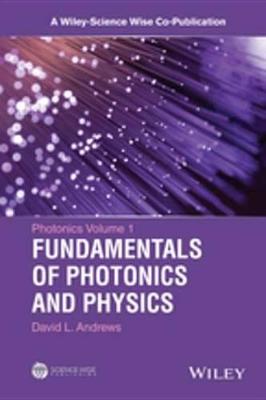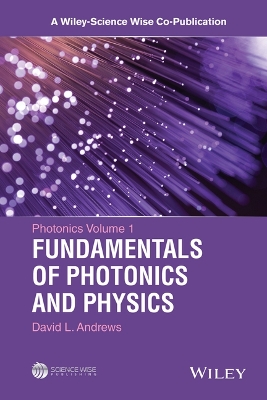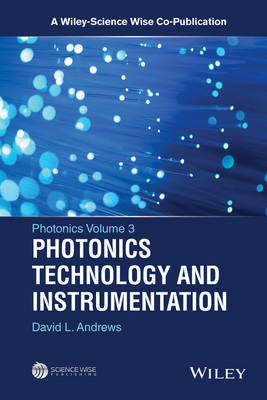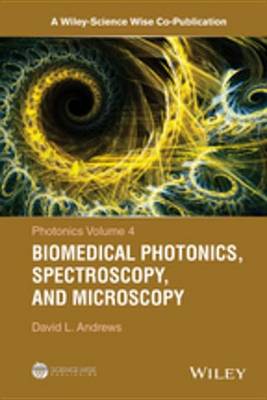A Wiley-Science Wise Co-Publication
5 total works
Covers modern photonics accessibly and discusses the basic physical principles underlying all the applications and technology of photonics.
This volume covers the basic physical principles underlying the technology and all applications of photonics from statistical optics to quantum optics. The topics discussed in this volume are: Photons in perspective; Coherence and Statistical Optics; Complex Light and Singular Optics; Electrodynamics of Dielectric Media; Fast and slow Light; Holography; Multiphoton Processes; Optical Angular Momentum; Optical Forces, Trapping and Manipulation; Polarization States; Quantum Electrodynamics; Quantum Information and Computing; Quantum Optics; Resonance Energy Transfer; Surface Optics; Ultrafast Pulse Phenomena.
- Comprehensive and accessible coverage of the whole of modern photonics
- Emphasizes processes and applications that specifically exploit photon attributes of light
- Deals with the rapidly advancing area of modern optics
- Chapters are written by top scientists in their field
Written for the graduate level student in physical sciences; Industrial and academic researchers in photonics, graduate students in the area; College lecturers, educators, policymakers, consultants, Scientific and technical libraries, government laboratories, NIH.
* Comprehensive and accessible coverage of the whole of modern photonics * Emphasizes processes and applications that specifically exploit photon attributes of light * Deals with the rapidly advancing area of modern optics * Chapters are written by top scientists in their field Written for the graduate level student in physical sciences; Industrial and academic researchers in photonics, graduate students in the area; College lecturers, educators, policymakers, consultants, Scientific and technical libraries, government laboratories, NIH.
This volume discusses biomedical photonics, spectroscopy and microscopy, the basic physical principles underlying the technology and its applications. The topics discussed in this volume are: Biophotonics; Fluorescence and Phosphorescence; Medical Photonics; Microscopy; Nonlinear Optics; Ophthalmic Technology; Optical Tomography; Optofluidics; Photodynamic Therapy; Image Processing; Imaging Systems; Sensors; Single Molecule Detection; Futurology in Photonics.
- Comprehensive and accessible coverage of the whole of modern photonics
- Emphasizes processes and applications that specifically exploit photon attributes of light
- Deals with the rapidly advancing area of modern optics
- Chapters are written by top scientists in their field
Written for the graduate level student in physical sciences; Industrial and academic researchers in photonics, graduate students in the area; College lecturers, educators, policymakers, consultants, Scientific and technical libraries, government laboratories, NIH.




